How easy [or difficult] is it to backslide/royale/farf/torque in a Mook frame? What about a 72mm Bake? A classic Lightning TRS without a groove?
Enter Backslide Height
It seems like it'd make sense to measure the actual angle of tweak required to make frame-boot contact, but soul plates are, fortunately, many different widths.
What's that? Create an average of all soul plate widths on the market to make backslide angle a generalize-able measurement? Welp, soul plates have been widening (and are currently narrowing?) throughout hardware history, which would create a semi-meaningless relativistic measurement requiring maintenance and perpetual adjustment -- think 2019-in-1936 dollars or 67.5 degrees-in-2007-backslide angle.
Why not simply measure the height of the upper groove edge to the mounting plate surface? No angles, but considerably less arbitrary. After all, if you skate size 14 boats with even larger soul plates, that's your thing -- and backslides should always be easy, although turning might be another story.
Here are the Backslide Height values for the above example:
Mook: 24.7mm
Bake: 38.5mm
Lightning TRS: 58mm
Seems to check out. Can relative difficulty be thought of in linear or log-based terms? Is it really only 2.35 times more difficult to backslide with an unmodified TRS frame than a Mook? It probably doesn't matter, but "2.35X more difficult" seems way low.
Could this measurement be hacked with a tiny groove upshot? Sure, but we can ignore those and always refer to the basic shape of the groove's upper bound.
Here are more values for comparison:
Create Originals: 29.5mm
Kaltik: 28mm* (edges are fully cylindrical)
Kizer Level 3: 41mm
72mm Aeon (10 Shell): 41mm (contact edge)
Kizer Slimline: 29mm
Valo Frame (Small): 35mm
Sola: 38mm
Oysi: 31mm
Ground Control FLT3: 27mm
Kizer Element 2: 35mm* (edges are fully cylindrical)

bit on #
Interesting !